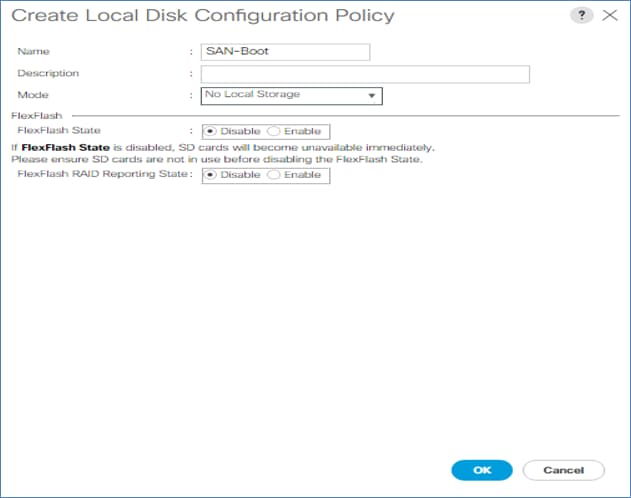You can use this procedure to enable or disable the Link Layer Topology Discovery (LLTD) Responder component, and to specify the network location types in which it is allowed to run. The LLTD Responder component is a network component that allows the computer to be discovered by another computer that is running the Network Map feature. By default, the responder only runs on a network that has a network location type of home or private, but does not run on networks that have a network location type of public or domain.
Oct 13, 2010 Configure the Network Map Enable or disable the LLTD Responder with Group. (RSPNDR) driver. To disable the responder. MS Surface trying to run LLDP script for. If we disable the Microsoft LLDP Protocol Driver on the Surface it. #Link Layer Discovery Protocol-Media Endpoint. In 2007, Microsoft created a 'Tips for the Newbie' page for TechEd (which is apparently no longer available) and I created a follow-on post called TechEd for. ROS/Linux Nuts and Bolts • Networking, C++, Kernel drivers, ROS drivers, • Point Cloud Library Algorithms, Other fundamental work • Middleware – Multiple.
By using Group Policy, you can disable the responder altogether, or change the location types in which it is allowed to run. Membership in the local Administrators group, or equivalent, is the minimum required to complete this procedure. Start Group Policy Management Console (GPMC). To do so, click Start, and then in the Start Search box, type gpmc.msc.
In the navigation pane, open the following folders: Local Computer Policy, Computer Configuration, Administrative Templates, Network, and Link-Layer Topology Discovery. In the details pane, double-click Turn on Responder (RSPNDR) driver. To disable the responder component completely, click Disabled, and then click OK. To enable the responder component, click Enabled, and then select one or more of the following:. Allow operation while in domain. Allow operation while in public network.
Prohibit operation while in private network. Click OK to save your changes.
Note The LLTD Responder component is included in Windows 7, Windows Server 2008 R2, Windows Vista, and Windows Server 2008. If you edit policy settings locally on a computer, you will affect the settings on only that one computer. If you configure the settings in a Group Policy object (GPO) hosted in an Active Directory domain, then the settings apply to all computers that are subject to that GPO. For more information about Group Policy in an Active Directory domain, see Group Policy. A separate component, the LLTD Mapper I/O, runs on the computer that is generating the map and communicates with the computers running the Responder component.
You must refresh Group Policy on the computers where you want the new settings to be applied in order for them to take effect. To refresh Group Policy, restart the computer or type the following command at a command prompt, and then press ENTER: gpupdate /force See Also.
Select File File File Size SurfacePro4Win100010.msi 223.9 MB 223.9 MB SurfacePro4Win100011.zip 591.2 MB 591.2 MB SurfacePro4Win100010.msi 243.7 MB 243.7 MB SurfacePro4Win100011.zip 639.4 MB 639.4 MB SurfacePro4Win102010.msi 221.4 MB 221.4 MB SurfacePro4Win102011.zip 452.4 MB 452.4 MB SurfacePro4Win100010.msi 221.5 MB 221.5 MB SurfacePro4Win0.msi 235.6 MB 235.6 MB SurfacePro4Win0.zip 590.3 MB 590.3 MB Wintabx321.0.0.20.zip 4.5 MB 4.5 MB Wintabx641.0.0.20.zip 4.5 MB 4.5 MB. Generally, a download manager enables downloading of large files or multiples files in one session. Many web browsers, such as Internet Explorer 9, include a download manager. Stand-alone download managers also are available, including the Microsoft Download Manager. If you do not have a download manager installed, and still want to download the file(s) you've chosen, please note:. You may not be able to download multiple files at the same time. In this case, you will have to download the files individually.
(You would have the opportunity to download individual files on the 'Thank you for downloading' page after completing your download.). Files larger than 1 GB may take much longer to download and might not download correctly. You might not be able to pause the active downloads or resume downloads that have failed. The Microsoft Download Manager solves these potential problems. It gives you the ability to download multiple files at one time and download large files quickly and reliably. It also allows you to suspend active downloads and resume downloads that have failed.
Microsoft Download Manager is free and available for download now. Cumulative and current firmware and drivers for the Surface Pro 4. This firmware and driver package contains drivers for all of the components in the Surface Pro 4, as well as updates to the system firmware that have been released via Windows Update. These drivers and firmware are compatible with Windows 10, including Enterprise versions.

Link Layer Discovery Protocol (lldp)
The driver MSI and ZIP files include all of the drivers and firmware needed to deploy custom images of Windows on your Surface devices. Additionally, the WinTab driver is provided for those professionals needing WinTab compatibility with certain Surface Pen enabled applications. Use these drivers and firmware to prepare your custom images for enterprise deployment, or to repair problems with custom installations of Windows on your Surface Pro 4. These drivers and firmware are compatible with Windows 10, including Enterprise versions. The ZIP file allows you to selectively install or deploy individual drivers. The MSI will install all relevant drivers automatically. Additionally, the WinTab driver is provided for those professionals needing WinTab compatibility with certain Surface Pen enabled applications.
